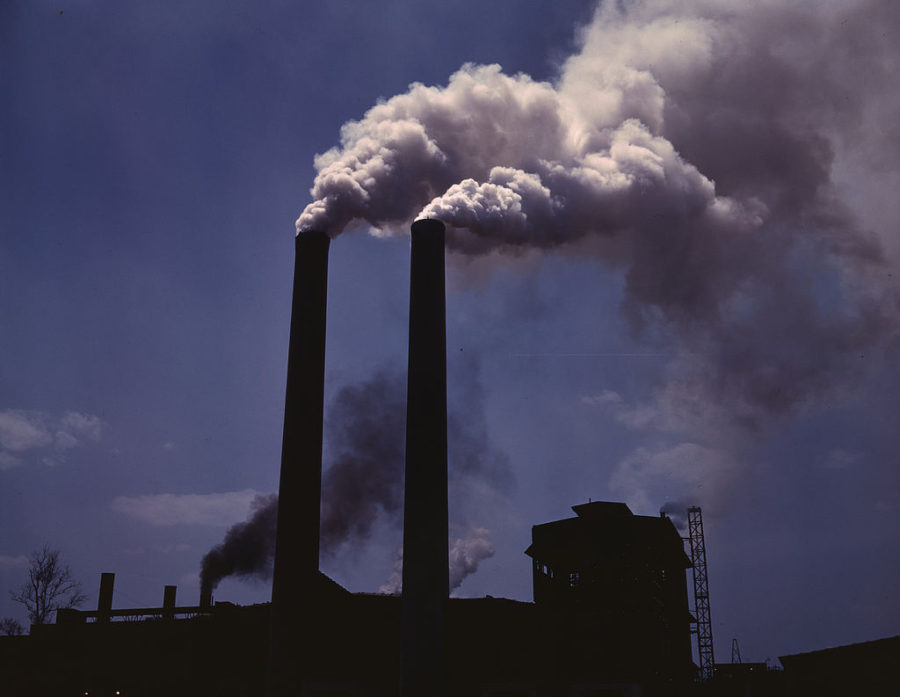Titus: EPA costs the nation too much money
December 9, 2014
There has been much controversy over whether or not President Obama should continue to issue executive orders. As people argue, it is important that everyone knows exactly what an executive order is. According to ThisNation.com, “Executive orders are legally binding orders given by the president, acting as the head of the executive branch, to federal administrative agencies. Executive orders are generally used to direct federal agencies and officials in their execution of congressionally established laws or policies. However, in many instances, they have been used to guide agencies in directions contrary to congressional intent.”
While Obama, who has issued 193 executive orders, has not issued the most in history, many people in this country are still getting worked up about the process the president has taken.
“Presidential abuse of issuing executive orders would be when the president undermines the constitutional separation of powers and possibly even violates it,” said Todd Gaziano of the Heritage Foundation.
Some of the executive orders that Obama has already put into place are the Affordable Care Act, which was in fact passed by Congress, and immigration reform, which was not passed by Congress. Now, the president is making plans with the Environmental Protection Agency to create what could be one of the most expensive regulations we have seen in this nation.
The EPA’s goal is to reduce carbon emissions in U.S. power plants by 30 percent by installing the Clean Air Act. While the idea of having a clean energy source in the United States is something that this country could really use, it will come at a large cost. The price that it will cost for residential, industrial and commercial energy customers will be about $173 billion higher by the year 2020.
In order to start moving backward from the direction we are headed with global warming, we must reduce carbon-dioxide emissions by 80 percent, according to The United Nations Intergovernmental Panel on Climate Change. That means that the little help that EPA’s plan will bring to do will not help with the larger issue at hand, which is climate change.
If the new regulation is to go into practice, it would give the government the same authority over electric power as it has with Obamacare. The average household electric price would increase by 35 percent, which is $630 annually.
While I understand that we desperately need a plan to reverse climate change, I do not find the EPA’s plan to fix it is one that is going to work in the long run. It’s only going to put this nation even further into debt.
The EPA’s Clean Air Act has been rejected multiple times by Congress, along with other regulatory measures such as carbon taxes. It is clear that Congress does not think that the Clean Air Act is the right move for the United States. President Obama should keep from making this an executive order if he cares about the future financial state of the United States.







